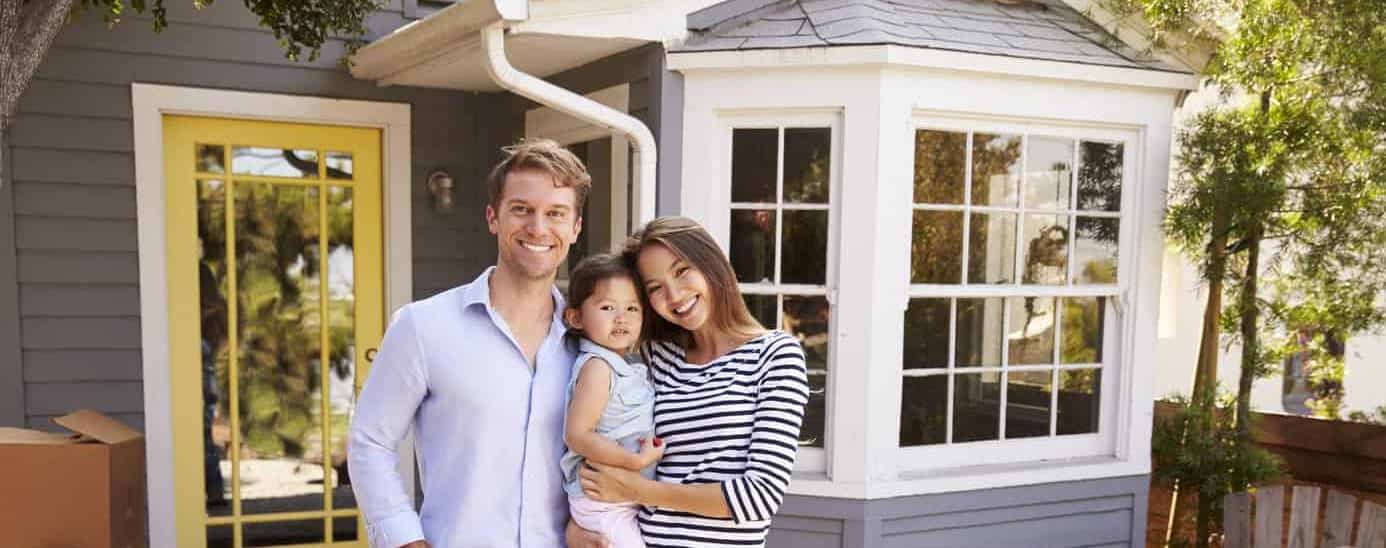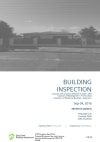Strata Inspections
Strata Inspections
East Coast Building Inspections provides strata reports & services solicitors and conveyance’s throughout Southern Sydney, Wollongong, Shoalhaven, Southern highlands & the Eurobodalla.
Our inspectors are some of the most experienced working in the field using the newest technology that we have had designed, our reports are graphic rich and easy to read format.
Showing you minor & major defects, we have designed a report that is easy to read & understand. Our reports have no limits to how many photos or information that can be provided in the report.
Whether you are buying a home unit as an investment or as a residence, East Coast Building Inspections strata report provides essential information about the strata structural defects.
Strata types and styles
Strata title ‘types’ can be:
- residential
- commercial
- retail
- mixed use – ie retail and/or commercial and/or residential
- serviced apartments
- retirement villages
- caravan parks
- resorts
Strata title complexes can include the following ‘styles’:
- 3-storey low-rises
- High-rises of 4 or more storeys
- Townhouses, townhomes, villas, duplexes, triplexes, etc.
- Factories and warehouses
- Storage units
- Retail Shops
- Offices
Dealing with building defects
In a strata scheme
A new unit or townhouse comes with time-limited warranties that the building is fit for purpose and has been built with due care and skill. Under NSW home building laws, these protections apply even if they have not been specifically included in the building contract.
Fixing strata building defects can be costly and time-consuming. As time goes on, it may be harder to distinguish genuine defects from ordinary ‘wear and tear’ or maintenance issues, whether on common property or the individual lot owner’s property.
Avoid the pitfalls and help prevent potentially long or costly legal action. Become informed along with your scheme to identify and act on potential defects early to meet the warranty timeframes
Tips to protect your building from defects
To help identify potential defects, have them fixed quickly and keep your building in good condition, your scheme can follow these tips and recommended actions.
What is a defect?
A defect must result from defective design, defective or faulty workmanship, defective materials or a failure to comply with the structural performance requirements of the National Construction Code.
What is a major defect?
A two-step test decides if a problem is a ‘major defect’ asking:
1. Is the defect a major element of the building? (a fire safety system, waterproofing, or something key to the building’s stability or structure; eg. foundations, footings, walls, roofs, beams or columns.
2. Will the defect cause or be likely to cause part or all of the building becoming uninhabitable or unable to be used for its intended purpose? Or, will the defect cause or be likely to cause the collapse or destruction of the building, or part of it?
To be considered a major defect, it must meet the criteria of the first step, then the second step. An example may be that waterproofing has not been properly installed on a building rooftop, and water has entered the building leading to walls, windows and floor beams being ruined. This passes the first step as it is considered to be a major element as it relates to waterproofing. It should also pass the second step as it could cause, or be likely to cause, the destruction of the building or part of it. It is therefore likely to be considered a ‘major defect’ and covered under the 6-year warranty.
Repairs and maintenance
In a strata scheme
Responsibility for repairs is straightforward – the owners corporation must repair common property, owners must repair anything within their lot. However, and this can be the difficult part, it is not always clear what is common property or what is the individual lot.
The basic rule is that everything inside the airspace of the unit, including all internal walls, fixtures, carpet and paint on the walls is usually the lot and therefore the responsibility of the lot owner.
Everything outside that airspace including walls, windows, doors, and tiles fixed to the floor and boundary walls is usually common property and therefore the responsibility of the owners corporation.
For clarification check your strata plan or contact Land and Property Information NSW. As a general rule, the following applies.
Getting repairs done
Contact the managing agent or secretary of the owner’s corporation and let them know the details of the problem. They may organize for minor repairs to be fixed without the need for a meeting. For larger, more expensive problems they should convene a meeting so that the owner’s corporation can decide on what action to take.
If no action is being taken, you can put a motion requesting repairs to the next meeting. You may also lodge an application for mediation with Fair Trading to move things along.
Common repairs
The following is a guide to who is responsible for some of the most common repairs in a strata scheme
Visit our pricing page for costs, or contact us for more information.



